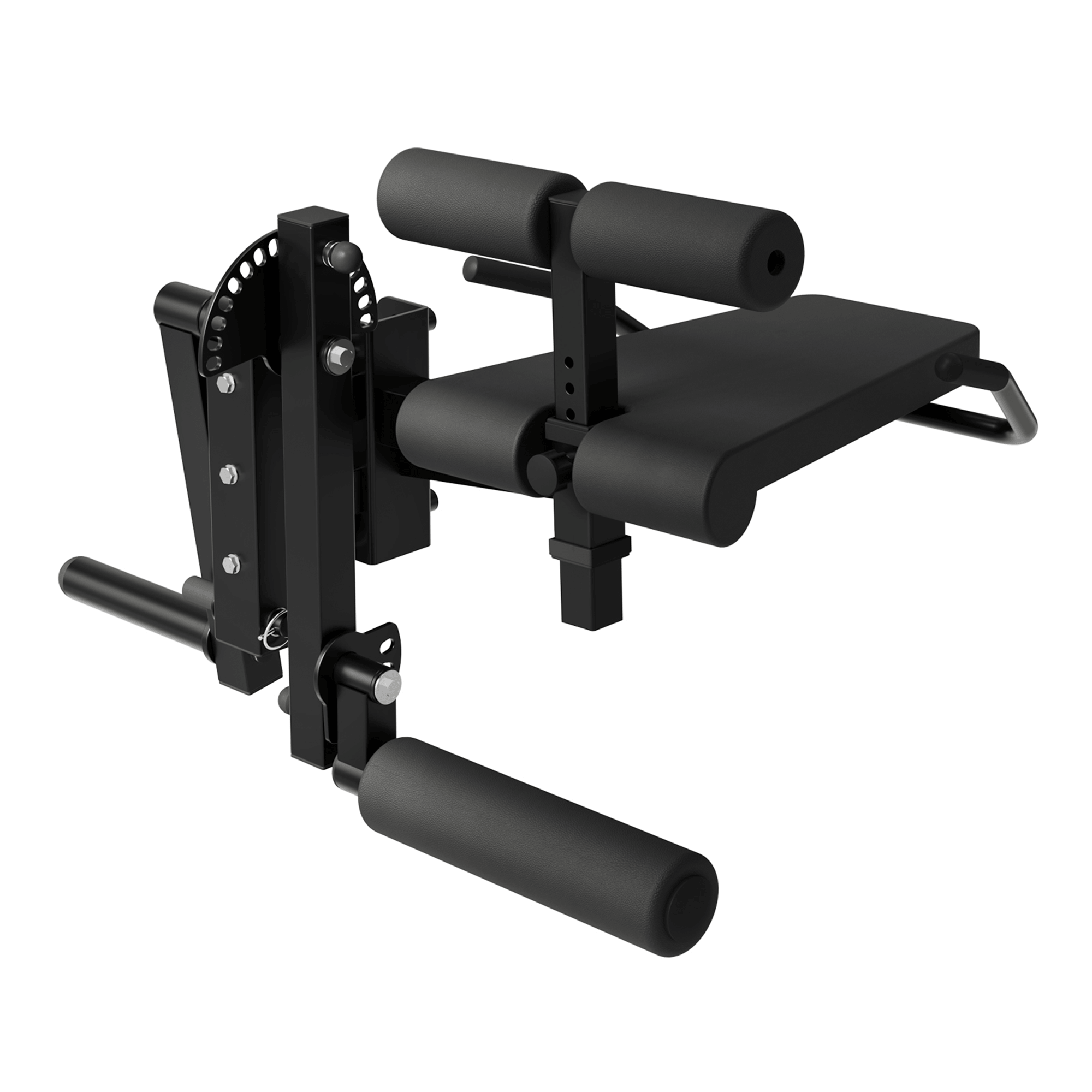Neutral grip pull-ups have carved out a respected spot in strength training routines for good reason. They offer a joint-friendly alternative to traditional pull-ups and chin-ups, targeting key upper-body muscles with impressive effectiveness. Whether you're looking to build strength, prevent shoulder strain, or simply add variety to your workouts, neutral grip pull-ups deserve a closer look.
Muscles Worked During Neutral Grip Pull-Ups
Neutral grip pull-ups primarily target the following muscles:
-
Latissimus dorsi (lats): These broad back muscles are the main drivers during the pull.
-
Biceps brachii: Because of the hand positioning, the biceps play a significant assisting role.
-
Brachialis and brachioradialis: These muscles of the upper and lower arm work hard, often more than during a pronated (overhand) pull-up.
-
Rhomboids and trapezius: These mid-back muscles help retract the scapulae during the movement.
-
Core stabilizers: Muscles like the rectus abdominis and obliques engage to keep the body steady.
When asking "what muscles do neutral grip pull-ups work," it's clear they hit a comprehensive network of pulling and stabilizing muscles, making them an excellent compound movement.
Neutral Grip Pull-Up vs. Regular Pull-Up
A frequent question is "neutral grip pull-up vs pull-up — which is better?" The answer depends on your goal:
-
Neutral grip pull-ups place the wrists in a more natural alignment, reducing strain on the shoulders and elbows. They emphasize the arms slightly more than traditional pull-ups.
-
Regular (pronated) pull-ups challenge the upper back and shoulders more aggressively, especially the lower traps and rear delts.
For individuals with shoulder discomfort, neutral grip pull-ups often provide a safer alternative without sacrificing upper-body development.
Are Neutral Grip Pull-Ups Easier?
Many athletes find neutral grip pull-ups easier than regular pull-ups. The grip position allows for greater biceps involvement and better mechanical leverage, making the pull feel smoother and less taxing. This can be especially helpful for beginners or for those recovering from upper-body injuries.
Benefits of Neutral Grip Pull-Ups
The neutral grip pull-up comes with several compelling advantages:
-
Joint-Friendly Movement: The neutral hand position minimizes shoulder rotation and elbow stress.
-
Stronger Arm Activation: It heavily recruits the biceps and brachialis, which can boost overall pulling strength.
-
Grip Strength Development: Holding a neutral handle challenges the forearms in a different way, improving grip endurance.
-
Core Stability Enhancement: Maintaining a controlled body position throughout the movement requires robust core engagement.
-
Training Versatility: Useful for building endurance, strength, or hypertrophy depending on reps, sets, and tempo.
Neutral Grip Pull-Up vs Chin-Up
Neutral grip pull-ups sit between a pull-up and a chin-up in difficulty and muscle emphasis. While chin-ups (supinated grip) prioritize the biceps even more, neutral grip pull-ups strike a balance, engaging both back and arms effectively without overloading the joints.
Why Choose Neutral Grip Pull-Ups?
If you’re looking to:
-
Strengthen your back and arms safely
-
Reduce shoulder irritation
-
Improve grip endurance
-
Add variety to your pull-up routine
Neutral grip pull-ups are a smart choice. They offer a lower injury risk while still delivering serious strength and muscle gains.
Final Thoughts
Neutral grip pull-ups are a versatile, joint-friendly exercise that effectively builds strength in the lats, arms, and supporting muscles. Whether you're recovering from shoulder issues or simply want to diversify your pull-up training, incorporating neutral grip pull-ups can help you achieve well-rounded upper-body development.
For the best results, consider including neutral grip pull-ups alongside other variations like regular pull-ups and chin-ups in your program. This approach ensures balanced muscle development and long-term progress in your fitness journey.












































Leave a comment
This site is protected by hCaptcha and the hCaptcha Privacy Policy and Terms of Service apply.